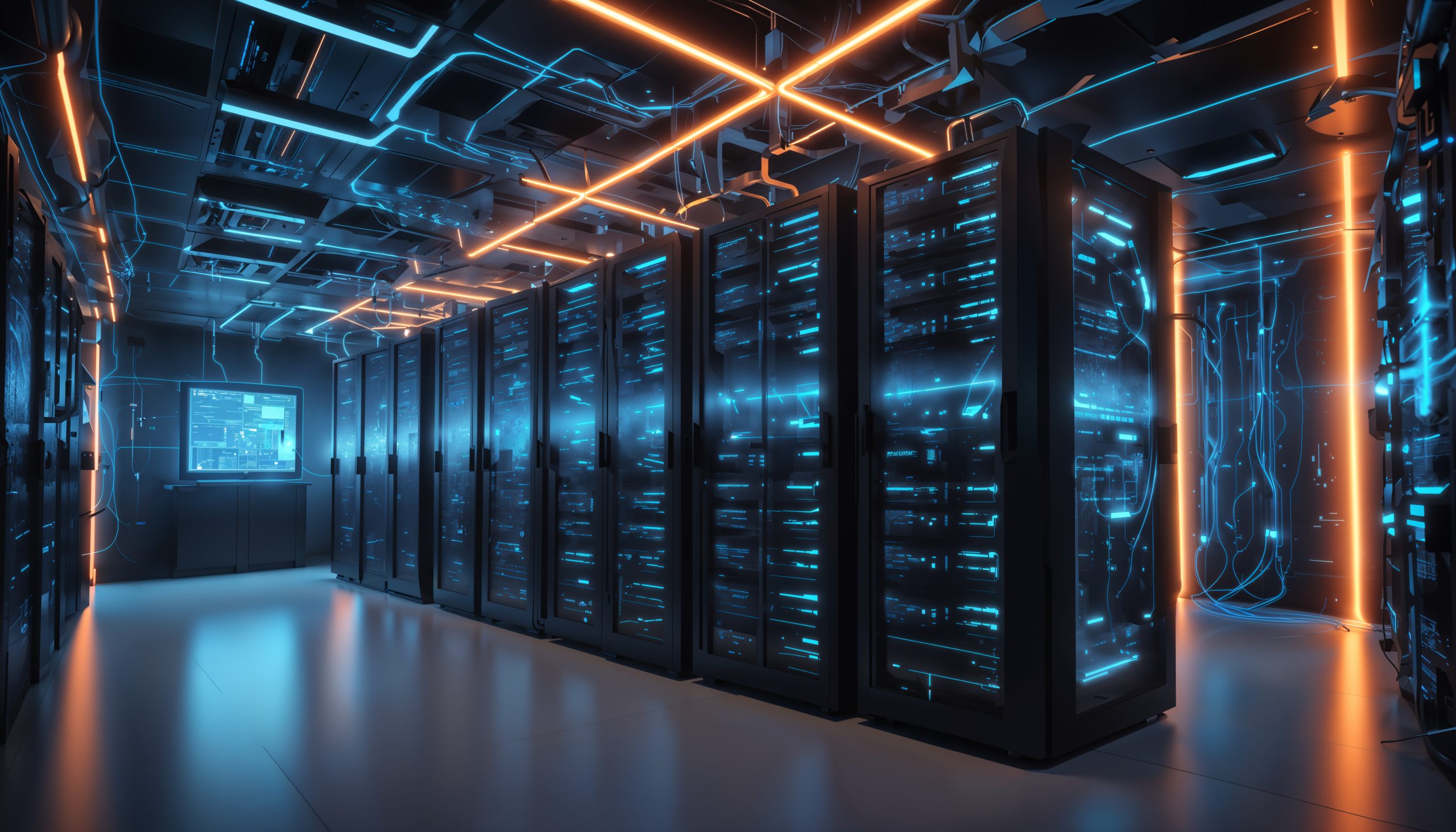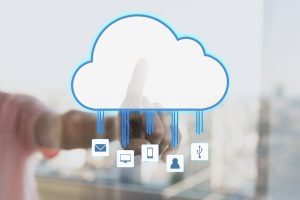In today’s digital world, speed and data are everything. But as the number of connected devices grows—think smartwatches, self-driving cars, industrial sensors, and more—the need to process data faster and closer to where it’s generated has never been greater. This is where edge computing steps in.
Edge computing is not just a buzzword anymore; it’s becoming a core part of how we design, deploy, and maintain modern digital systems. And for IT students, this shift isn’t something to study later. It’s happening now—and it’s critical that they understand how edge computing will shape their careers in networking, cloud, security, AI, and beyond.
This blog breaks down what edge computing really means, why it matters, and how educators can effectively integrate it into their IT curriculum to prepare students for the next wave of tech transformation.
What Is Edge Computing?
To understand edge computing, it helps to first look at traditional cloud computing.
Cloud vs. Edge
In the cloud model, data from devices is sent to centralised data centres for processing and storage. While this works well for many use cases, it introduces latency—a delay between sending the data and getting a response. This delay might be acceptable when watching a movie online, but in situations like autonomous vehicles, remote surgeries, or industrial control systems, even a few milliseconds can have serious consequences.
Edge computing solves this by bringing data processing closer to the source—at the edge of the network. That means rather than sending all data to the cloud, some or all of it is processed locally on edge servers, routers, or even the device itself.
This approach reduces latency, lowers bandwidth usage, and improves real-time decision-making. It’s not replacing the cloud—it’s complementing it.
Why Edge Computing Matters for IT Students
Edge computing is not just a passing trend. It’s estimated that by 2025, 75% of enterprise-generated data will be created and processed at the edge, according to Gartner. This means the tech industry is already building infrastructure, tools, and platforms to support this distributed model.
For IT students, this opens up a world of opportunities and responsibilities across several key areas:
1. Networking and Infrastructure
Edge devices need to communicate with each other and with the cloud efficiently. This means IT professionals must understand local area networks (LANs), 5G, Wi-Fi 6, IoT protocols, and how to design resilient and secure edge networks.
2. Cloud and Hybrid Systems
Since edge computing works in tandem with cloud services, students must learn to build and manage hybrid environments where tasks are shared between cloud and edge layers.
3. Security
More endpoints mean more risk. Edge computing introduces new attack surfaces, making cybersecurity even more complex. Students need to understand data encryption, zero trust architecture, and endpoint protection strategies.
4. Data Management and AI
A lot of edge use cases—like predictive maintenance or facial recognition—require real-time data analytics. Students must become familiar with edge AI, data pre-processing, and deploying lightweight machine learning models on edge devices.
5. DevOps and Software Development
Applications for edge computing are often containerised, use microservices, and rely on real-time operating systems (RTOS). IT students will benefit from hands-on experience with tools like Docker, Kubernetes, and OpenShift, specifically in edge deployments.

Real-World Applications of Edge Computing
Understanding where edge computing is applied helps students connect theory to practice. Here are some industries already being transformed:
🚗 Automotive and Transportation
Self-driving cars can’t afford latency. They use onboard computers to make split-second decisions. Edge computing ensures sensors and AI models work in real time.
🏭 Manufacturing
Smart factories use edge devices to monitor machinery, predict failures, and automate quality control, enabling faster response and less downtime.
🏥 Healthcare
Wearables and hospital monitoring devices process patient data locally to trigger real-time alerts. In remote surgeries, edge reduces delays, improving outcomes.
🏙️ Smart Cities
From traffic management to environmental monitoring, edge-enabled systems collect and analyse data to optimise operations and safety across urban infrastructure.
🛍️ Retail
Retailers use edge for real-time customer analytics, smart shelves, and checkout systems that process transactions locally and securely.
These examples highlight how edge computing isn’t a niche topic—it’s integral to industries that IT students may soon work in.
How to Incorporate Edge Computing into the IT Curriculum
As edge computing becomes more mainstream, IT educators must evolve course content to match industry demands. Here are ways to integrate edge topics into the curriculum without needing a complete overhaul.
1. Introduce Edge Concepts in Core Networking and Cloud Courses
Start by adding modules that compare edge and cloud computing. Cover the basics of edge architecture, latency issues, and real-world applications. Include hands-on labs using edge devices like Raspberry Pi, Jetson Nano, or Intel NUC.
2. Create Interdisciplinary Projects
Encourage students to work on capstone or group projects that combine edge computing with AI, IoT, or cybersecurity. Examples:
- Build a home automation system with edge-based decision making
- Create a mini smart factory prototype with predictive analytics
- Simulate a traffic light system using edge sensors and real-time data
These projects foster innovation and provide portfolio-worthy experience.
3. Collaborate with Industry Partners
Partnering with companies working on edge solutions can provide access to case studies, guest lectures, internships, and hackathons. Students benefit from industry insights and mentorship.
4. Offer Certifications and Workshops
Short-term courses and certifications on platforms like edX, Coursera, and Cisco Networking Academy offer content on edge computing and IoT. Encourage students to pursue these for added skill development.
Also consider offering workshops on:
- Edge AI and TensorFlow Lite
- Deploying containers on edge devices
- Designing secure edge architectures
5. Use Simulators and Virtual Labs
Even if physical devices aren’t available, educators can use simulators to teach edge concepts. Platforms like GNS3, Boson NetSim, or cloud-based edge platforms like Azure IoT Edge and AWS Greengrass allow students to experiment in virtual environments.
Preparing Students for the Edge-First Future
The IT job market is already adapting to the edge trend. Roles are shifting to include:
- Edge Network Engineer
- IoT Systems Administrator
- Edge AI Developer
- Cybersecurity Analyst for Edge Environments
- Cloud Architect with Edge Integration
By incorporating edge computing into academic programs now, educators give students a head start in understanding and applying the principles that will dominate future infrastructure.
Beyond job readiness, edge literacy also promotes a deeper understanding of distributed systems, encourages creative problem-solving, and builds real-world thinking into the learning process.






